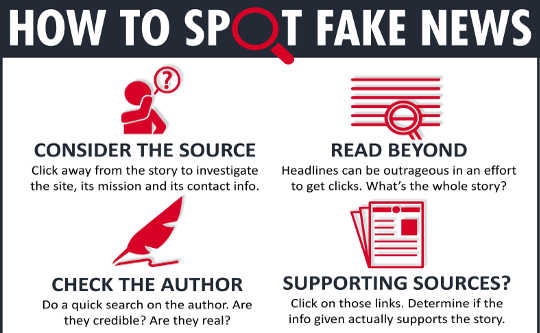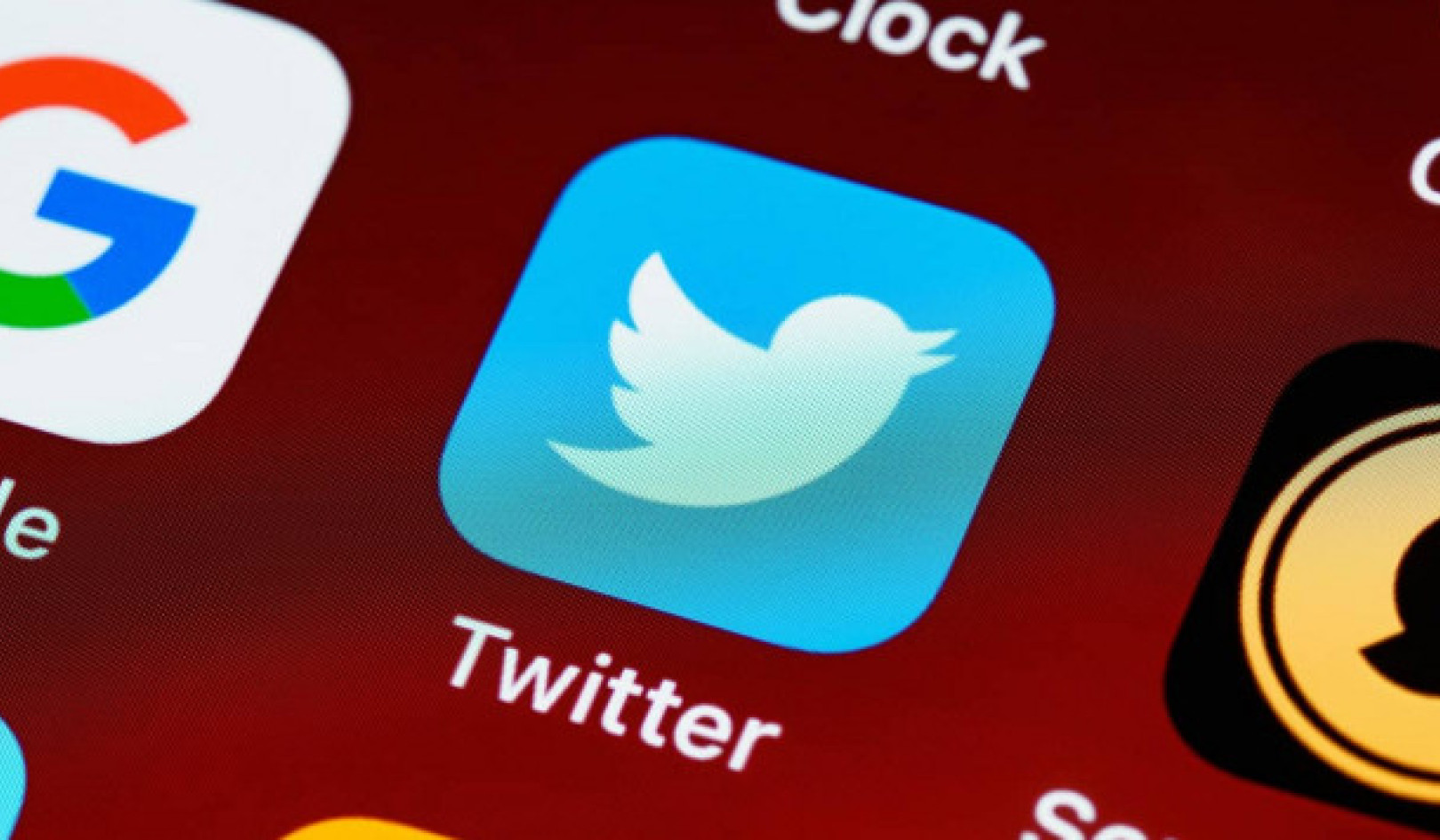
Fake news, or fabricated content deceptively presented as real news, has garnered a lot of interest since the U.S. presidential election last fall.
Although hardly a new phenomenon, the global nature of the web-based information environment allows purveyors of all sorts of falsehoods and misinformation to make an international impact. As a result, we talk of fake news and its impact not only in the United States, but also in France, Italy and Germany.
Even though the rise of fake news in recent months is undeniable, its impact is a different story. Many argue that fake news, often highly partisan, helped Donald Trump get elected. There was certainly evidence of fake news stories getting a lot of traction on social media, at times even outperforming actual news stories.
However, a closer analysis shows even the most widely circulated fake news stories were seen by only a small fraction of Americans. And the persuasive effects of these stories have not been tested.
It’s likely that they were shared primarily as a way to signal support for either candidate, and not as evidence of news consumers actually believing the content of the story. This raises questions about whether fake news has any real impact at all and whether we, as a society, should be worried about it.
Separating fact from fiction
The real impact of the growing interest in fake news has been the realization that the public might not be well-equipped to separate quality information from false information. In fact, a majority of Americans are confident that they can spot fake news. When Buzzfeed surveyed American high schoolers, they too were confident they could spot, and ignore, fake news online. The reality, however, is that it might be more difficult than people think.
I began to test that notion recently in a study I conducted on about 700 undergraduate students at the University of British Columbia.
The design was simple. I showed students a variety of screenshots of actual news website banners — ranging from established news sources like the the Globe and Mail, more partisan sources like Fox News and the Huffington Post, online aggregators like Yahoo! News and social media outlets like Upworthy — and asked them to rate their legitimacy on a scale of zero to 100.
I also included actual screenshots of fake news websites, some of which gained prominence during the 2016 U.S. presidential election. One of these fake news sources was a website called ABCnews.com.co, which is made to look like ABC News, and featured some false content that gained prominence after it was retweeted by Eric Trump. The others were the Boston Tribune and World True News.
The findings are troubling. Even though the sample group was mostly composed of politically sophisticated and engaged news consumers (by their own admission), the respondents attributed more legitimacy to fake news outlets like ABCnews.com.co or the Boston Tribune than to Yahoo! News, an actual news organization.
Although these results are preliminary and part of a larger study, they are consistent with other research: people, and especially young people, have a hard time separating good sources of information from questionable ones or determining whether a photograph is authentic or fabricated.
Furthermore, ideology seems to impact the assessment of news legitimacy to a troubling degree. Left-leaning students see no difference between an extremist source like Breitbart and Fox News, which, in addition to right-wing partisan commentary, also features news reporting that adheres to standard journalistic norms.
As a result, something that looks and feels real, like the Boston Tribune, is given more legitimacy than an actual news source that students are familiar with, but dislike for ideological reasons. In fact, something that looks and feels fake, like World True News, is given more legitimacy than a real news outlet.
All of this suggests that even though we have been fairly lucky in Canada to avoid the spread of fake news which has plagued recent elections in other developed nations, it doesn’t mean we’re immune to the phenomenon. In many ways, the foundation has been already laid.
Canadians polarized too
According to research done by my colleague, Eric Merkley, Canadians are increasingly polarized along ideological lines, and this affective polarization tends to trigger motivated reasoning — an unconscious, biased way of processing information which makes even smart people believe in falsehoods that support their ideological and partisan predispositions.
Additionally, the fragmentation and digitization of the news media landscape is not an American phenomenon, but a global one. According to the most recent study, nearly 80 per cent of Canadians get their news online, and nearly 50 per cent get news on social media, a platform that greatly contributed to the spread of misinformation in the United States. Taken together, the conditions are ripe for fake news to take off in Canada.
Sadly, there’s no easy fix to the problem. Tweaking algorithms — something Facebook and Google are trying to do — can help, but the real solution must come from the news consumers. They need to be more skeptical and better-equipped to rate the quality of information that they encounter.
A crucial part of that strategy should involve media literacy training and equipping news consumers with tools that will allow them to gauge the legitimacy of the news source, but also become aware of their own cognitive biases.
![]() The problem will only get worse without proper action as more people get their news online and politics becomes more tribal and polarized.
The problem will only get worse without proper action as more people get their news online and politics becomes more tribal and polarized.
About the Author
Dominik Stecula, PhD candidate in political science, University of British Columbia
This article was originally published on The Conversation. Read the original article.
Related Books
at InnerSelf Market and Amazon


























